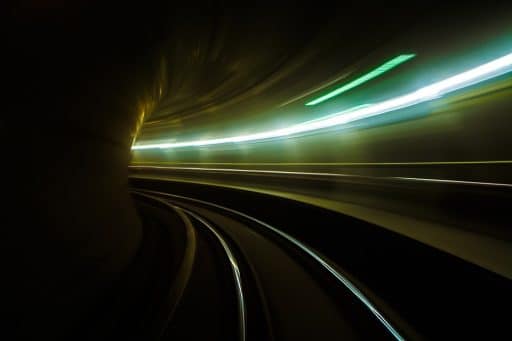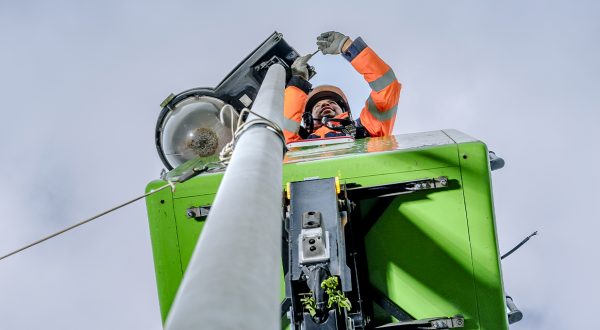
Initially viewed with disbelief, Elon Musk’s super-speed propulsion project has now sparked the interest of start-ups, manufacturers, and investors, resulting in a surge of competitors.
San Francisco, Dubai, Seoul, or… Saint-Etienne? Where will Hyperloop see its first commercial launch? And when might that reasonably be? What are the prospects for industrial deployment? These are the questions surrounding a slightly crazy project, unveiled over 5 years ago by Elon Musk, the head of SpaceX, Tesla, and Solar City.
Nothing less than a “fifth mode of transport”, after ships, trains, cars, and planes
So what exactly is Hyperloop? Nothing less than a “fifth mode of transport” (after ships, trains, cars, and planes), comprising a low-pressure dual tube system in which pods carrying passengers or cargo are propelled on a cushion of air by an electromagnetic field. It achieves a top speed of over 1,100 km/h.
Five companies competing
At the request of Elon Musk, three competing firms are working on the project.
The American company Hyperloop One, which announced it had installed a 500-metre-long test track in the Nevada desert, signed a partnership agreement in November 2016 with Dubai’s Roads and Transports Authority (RTA) to assess the feasibility of a link between Dubai and Abu Dhabi.
The second competitor, Hyperloop Transportation Technologies, also American, is said to have produced a prototype in Spain that could be tested from 2018 in Quay Valley, California, and at a specially-created research centre near Toulouse. The third candidate, Canadian company TransPod, has announced that it expects to start commercial production by 2020 and to carry out an ultra-high-speed line between Montreal and Toronto by 2025.
But recently Elon Musk has also had to deal with an Asian challenger, the South Korean HTX, which does not mean to leave hyperloop technology to the North Americans. Its short-term goal is to link Seoul and Busan, in the south of the country, in 20 minutes.
And what about France? The École des Mines de Saint-Etienne engineering school is looking into the feasibility of a continuous departure shuttle system that would link Saint-Etienne and Lyon in under 10 minutes, at an average speed of 400 km/h.
Advantages and questions
Initially viewed with a certain amount of disbelief, Hyperloop has today sparked the interest of institutional players in the mobility market. On paper, the system offers real advantages. While it would be virtually impossible to push high-speed trains well over the 300 km/h mark without generating substantial additional costs, the technology used by Hyperloop allows it to achieve speeds four times greater at a total investment and operating cost that should not, over time, exceed that of high-speed train lines. Plus, Hyperloop generates considerably less noise pollution and carbon impact than planes.
Admittedly, many questions remain unanswered. Infrastructure-wise, how can a reliable and efficient global network be created? Regulation-wise, what signalling and switching system will be capable of handling intervals of approximately one hundred seconds between each departure? And safety-wise, what distance should be allowed for slowing a vehicle propelled at 1,200 km/h? How can passengers be evacuated from a pressurised tube? For the time being at any rate, Hyperloop has the merit of inspiring research and making many people dream…
15/01/2018


